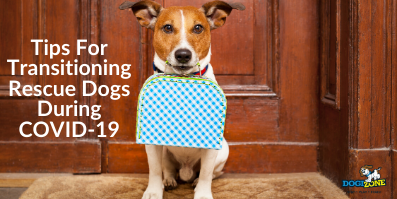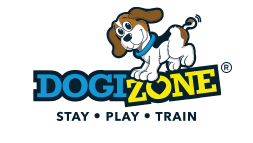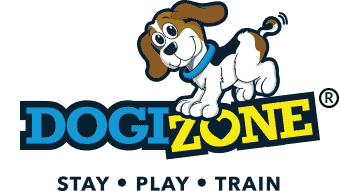Tips For Transitioning Rescue Dogs During COVID-19
While there are few upsides to the pandemic, one potentially bright spot for many animal shelters and rescues was the outpouring of support from the community. In many cities and towns across the USA, people responded to calls for help from the shelters and facilities to find forever homes for their dogs in the event of a lockdown or stay-at-home order. 
Families that found their rescue dog are now faced with a potential challenge. Rescue dogs that were brought into the family during the COVID-19 pandemic are used to families being a home. This typically means 24-hour a day contact between the rescue dog and the owner and possibly the entire family.
In the next few weeks or months, and as the various areas open back and up and people return to their daily routines of going to work or leaving the home in a more “normal” fashion, these rescue dogs are going to have to make another rapid adjustment.
Getting Rescue Dogs Into a Routine
Think back and remember your normal routine of a couple of months ago. Try to establish that routine, at least in a general way, to help your rescue dog to anticipate the new lifestyle.
Set your alarm for your workday, and get up, eat, shower, and go to your area to work. Limiting access to the dog during the “workday” can help, even if you cannot leave your home. By limiting endless interactions with the dog throughout the day, the pet is better adjusted to the day when you actually leave the house.
Crate Training
A very effective way to keep a rescue dog or any dog comfortable is to crate train the dog. The crate becomes a safe place to stay, and it also allows for the dog to have his or her own place.
Crate training is not confining the dog, and it should be done gradually. Increasing the time in the crate and providing positive rewards for increasing comfort with the crate is a great way to start preparing for the transition.
Set Play, Walk and Training Times
Establishing times to play, walk, and train your rescue dog is another way to develop a sense of structure and familiarity for the dog. As you know your workday schedule, plan these routine blocks of time-based on that, not on your current stay-at-home and work schedule.
This may include a walk in the morning, time in the crate, a walk at lunch, and then afternoon or early evening walks and training times. Of course, the age of the dog and his or her current level of training needs to be carefully considered in all aspects of planning for the transition of returning to work.
If you need assistance with training or socializing your rescue dog, Dogizone offers a range of services and doggy daycare options to consider.

